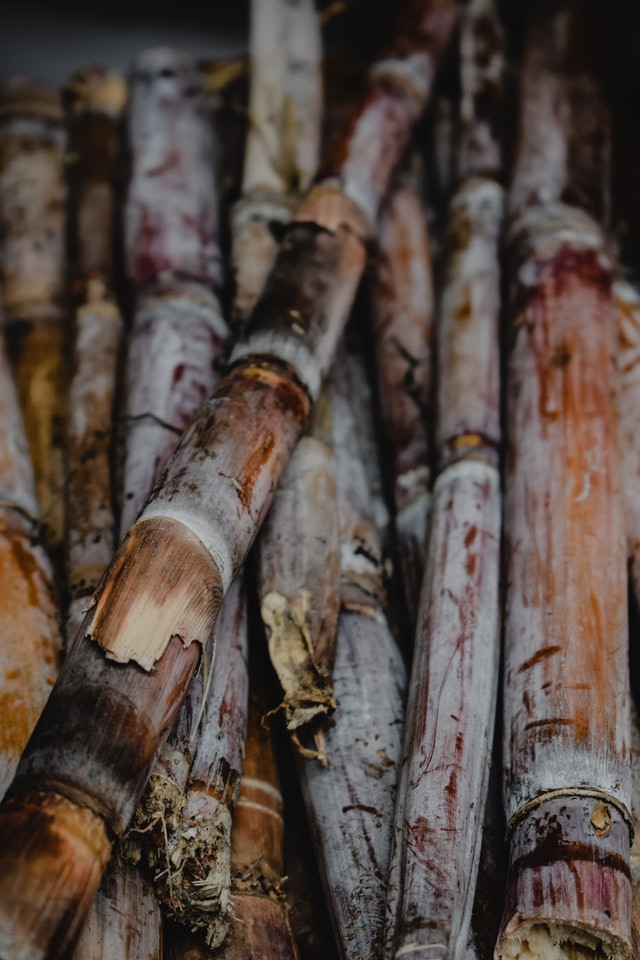
Stir Crazy About Sugarcane
13th Feb 2020
Sugarcane can be used to produce compostable bioplastics. BioPak produces bioplastics – biodegradable, compostable plastics made from plants. This form of plastic uses 70% less carbon in the production than traditional plastics, and if disposed of correctly they can be used for good, through composting that gives back to the soil that created them. But how are these plastics made – and is their quality really on par with that of traditional plastic?

Where is Sugarcane Produced?
Most of the world's sugarcane is produced in Brazil, which has enough land and water to support the industry. Brazil is the world's largest sugarcane producer, growing approximately 635 million tonnes per year – over 40% of the global production. The next largest producer is India, followed by China and Thailand.
Plastic from sugarcane
Bagasse is the name for the sugarcane pulp once it has gone through the first crushing. A company in Brazil spoke about their method of turning plastic into sugarcane. To do this, they must take sugarcane ethanol and convert it into ethylene, which is the building block for all polyethylenes, or plastics. Their plant-based plastic has the same physical properties as traditional polythelene. Sugar for human consumption comes from the first crushing of the cane, which produces highly concentration sugar juice. The second, third, and fourth crushings are less highly concentrated and are used to make ethanol.
Environmental Impacts
Sugarcane bioplastics can be composted in commercial composting facilities. Sugarcane plastic has a lower environmental impact than traditional plastic. While fossil fuel–based plastic releases CO2, sugarcane captures it, resulting in lower carbon emissions throughout its lifecycle. Sugarcane requires more water to produce, but in a country like Brazil which has plenty of rainfall, this is not an issue. Brazil also has plenty of land on which to grow sugarcane – from a total area of 851ha, 330ha are arable, but only 0.02% of that arable land is used to grow sugarcane. The sugarcane industry is also concentrated in the central south region, which is far from the Amazon Rainforest, so any industrial run-off will have a negligible effect. Sugarcane bioplastic is also less destructive at the end of its life. Unlike traditional plastic, which can only be recycled a certain number of times before it must be thrown away – if it is recycled at all – plastic made from sugarcane can be industrially composted. This results in nutrient-rich compost which is used to fertilise crops and give back to earth it came from.
For more information about the composting system or the different materials we can use to make bioplastic, have a look at our blog. Information taken from this video.
Planet Friendly Packaging acknowledges the traditional custodians of the land on which we work.

